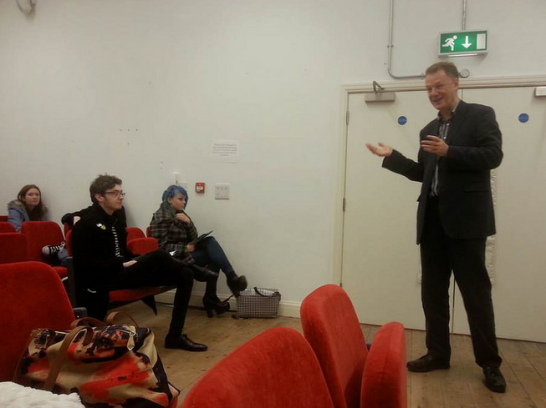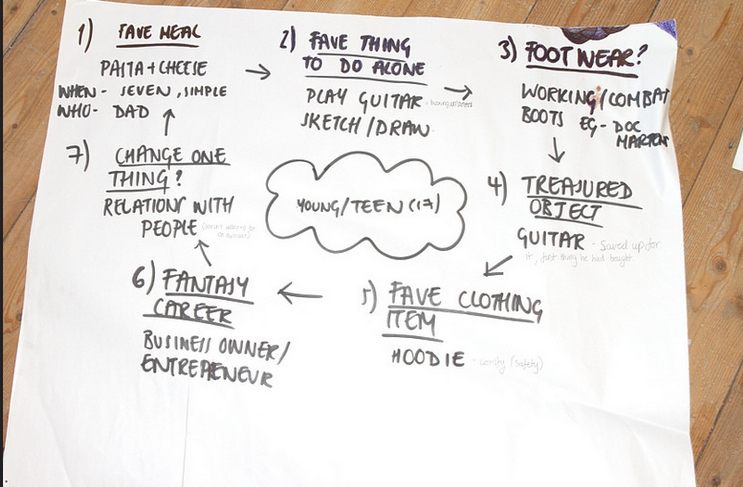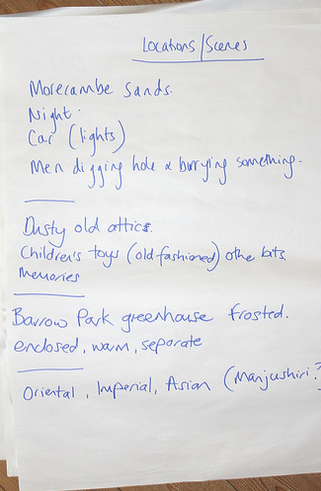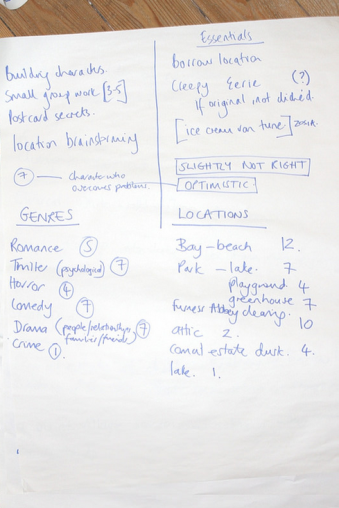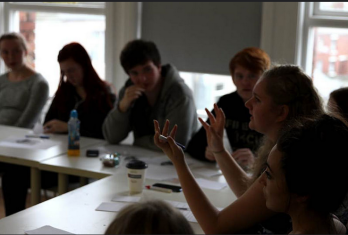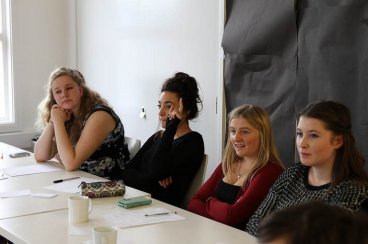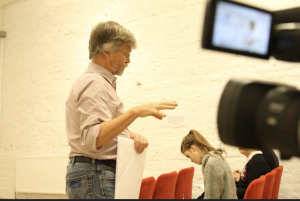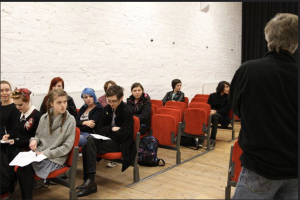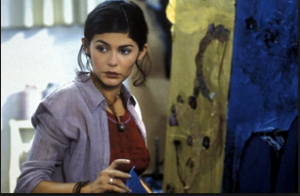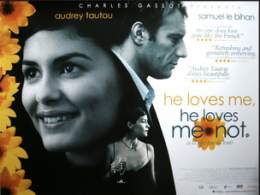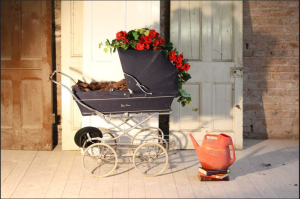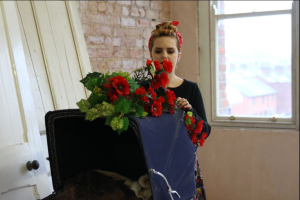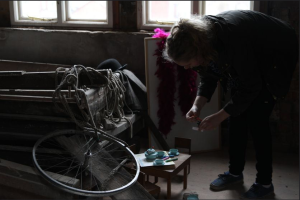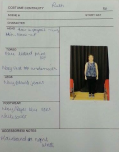Day 5
Firstly, we had a talk on the BFI Residentials from Peter Fraser who told us information about the kinds of residentials we could possible go on to further our knowledge on film; whether that be writing script or cinematography.
Then, we were introduced to Zosia Wand, a local writer, who gave us a session on creating fictional characters.We started off by looking at cards with secrets written on them from http://postsecretarchive.com/ and we had to imagine what the character would be like who held this secret.
She told us that characters need to have flaws as this gives the audience chance to sympathize and therefore the ability to relate to the character.
I learned that a good way to to find a fictional character or a story is to read the family sections in newspapers where people often voice their memories of a particular event or person. This encourages us to begin to ask questions- who? what? why? how? and this helps us to begin creating the fictional character which we can utilize in our story.
Zosia also read to us one of her poems to help us visualize a special event in her life. She said that reading poems is also a good way to find ideas for a story because a poem is like a picture made with words.
She told us that sometimes, it’s the things that aren’t said that makes the story. The character needs to be someone that you, as a writer, care deeply about- you should want to share their story to the world.
Later, we were split into four groups where we had to create a character and answer questions on them. An example: “What is their most treasured possession?”, as this gives us insight about the personality and the background of the character- it needs to be believable and the audience has to be able to relate.
We also briefly discussed possible locations for our film. These included: The beach, Furness Abbey, a council estate, the park, a greenhouse and a warehouse.
For me, this was my favorite session so far because I got to channel my creativity and really focus on character building. I definitely learned that there is much more to creating a story than you think- it takes a lot of planning, you can’t just pick up a pen and write whatever comes to mind!
